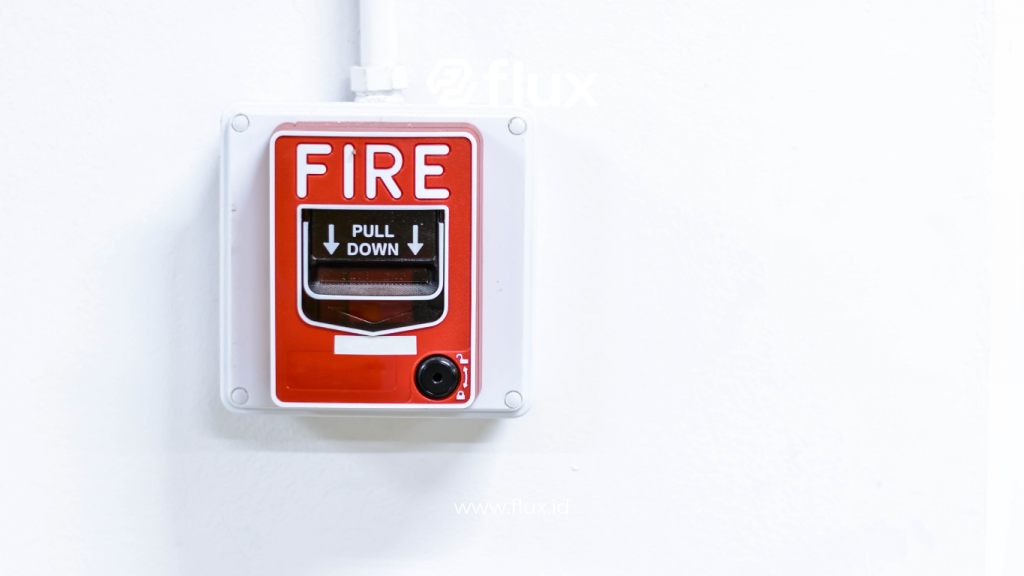Don't miss our holiday offer - 20% OFF!
In an era of rapid urbanization, safety has become a top priority in the development of smart cities. Fire and gas sensor technology plays a crucial role in protecting communities and city infrastructure from the risks of fire and gas leaks. This article will discuss how Fire and Gas Sensors for Smart Cities work, the types of sensors commonly used, and how this technology helps ensure safety and comfort in a smart city.
Contents
- 1 What Are Fire and Gas Sensors?
- 1.1 Definition of Fire Sensors
- 1.2 Definition of Gas Sensors
- 1.3 How Do Fire and Gas Sensors Work?
- 1.4 How Fire Sensors Work
- 1.5 How Gas Sensors Work
- 1.6 Types of Fire and Gas Sensors
- 1.7 Types of Fire Sensors
- 1.8 Types of Gas Sensors
- 1.9 Benefits of Fire and Gas Sensors for Smart Cities
- 1.10 1. Enhancing Public Safety
- 1.11 2. Reducing Damage
- 1.12 3. Efficiency in Management
- 1.13 4. Environmental Protection
- 1.14 5. Improving Quality of Life
- 2 Conclusion
What Are Fire and Gas Sensors?

Read More : IoT Sensor: Smart Solution for Industry 4.0 Monitoring
Definition of Fire Sensors
Fire sensors are devices designed to detect early signs of fire, such as smoke or increased temperature. Using advanced technology, these sensors can provide early warnings to prevent fires from becoming major disasters.
Definition of Gas Sensors
Gas sensors, on the other hand, are designed to detect hazardous gas leaks, such as carbon monoxide (CO), methane (CH4), and propane (C3H8). These sensors monitor gas concentrations in the air and provide alerts if gas levels exceed safe limits.
How Do Fire and Gas Sensors Work?

Read More : The Role of Gas Sensors in Building Safety and Efficiency
How Fire Sensors Work
- Smoke Detection: Fire sensors generally use optical or ionization technology to detect smoke. Optical sensors use infrared light to detect smoke particles, while ionization sensors use alpha radiation to detect smoke particles that disrupt electrical currents.
- Temperature Measurement: Some fire sensors come equipped with thermometers to monitor temperature in specific areas. A sudden increase in temperature can be an indicator of a fire.
- Early Warning: When a sensor detects smoke or high temperatures, it sends an alarm signal to the smart city management system or to personal devices like smartphones.
How Gas Sensors Work
- Gas Detection: Gas sensors use sensor elements that are sensitive to specific gases. For example, CO sensors use electrodes that react with carbon monoxide to produce an electrical signal.
- Concentration Measurement: These sensors measure gas concentrations in the air and compare them to predetermined thresholds. If the gas concentration exceeds safe limits, the sensor will provide a warning.
- Alert and Action: Gas sensors send warnings to the smart city system or user devices, allowing for rapid actions such as activating ventilation systems or shutting off the gas supply.
Types of Fire and Gas Sensors

Read More : Smoke Sensor Technology for Early Forest Fire Detection
Types of Fire Sensors
- Optical Smoke Sensors: Use infrared light to detect smoke particles. These sensors are highly effective at detecting fires that produce dense smoke.
- Ionization Smoke Sensors: Use alpha radiation to detect smoke. These sensors are highly sensitive to fast-burning fires that produce little smoke.
- Temperature Sensors: Monitor rapid and significant temperature changes. These sensors are useful for detecting fires that do not produce much smoke.
Types of Gas Sensors
- Carbon Monoxide (CO) Sensors: Use electrode elements to detect carbon monoxide concentrations. These are crucial in areas with potential CO gas leaks.
- Methane (CH4) Sensors: Measure methane concentrations in the air. Commonly used in industrial areas or gas storage facilities.
- Propane (C3H8) Sensors: Monitor propane concentrations, which are often used in heating systems and fuels
Benefits of Fire and Gas Sensors for Smart Cities

Read More : Benefits of Door and Window Sensors for Smart Buildings
1. Enhancing Public Safety
Fire and gas sensors provide an additional layer of protection by offering early warnings about potential dangers. This allows for rapid responses and risk mitigation, protecting residents and infrastructure.
2. Reducing Damage
With early detection, sensors can prevent fires and gas leaks that could cause significant damage to buildings and property. Quick actions taken after warnings can greatly reduce damage.
3. Efficiency in Management
In the context of smart cities, integrating fire and gas sensors with city management systems enables automated monitoring and response. These systems can trigger actions such as activating sprinkler systems, closing ventilation, or alerting emergency teams.
4. Environmental Protection
Gas sensors also help protect the environment by detecting gas leaks that could cause air pollution. This supports efforts to maintain air quality and a healthy environment.
5. Improving Quality of Life
By minimizing the risks of fires and gas leaks, sensors help create a safer and more comfortable environment for city residents. Quality of life improves when hazards are reduced.
Conclusion
Fire and gas sensors are essential components of smart city technology, playing a crucial role in maintaining urban safety and comfort. Through early detection and automatic alerts, these sensors help prevent disasters, reduce damage, and enhance quality of life. Effective implementation of fire and gas sensors not only protects residents and infrastructure but also supports smarter and more responsive city management. In an increasingly complex and urban world, this technology is a vital investment for a safer and more sustainable future.





